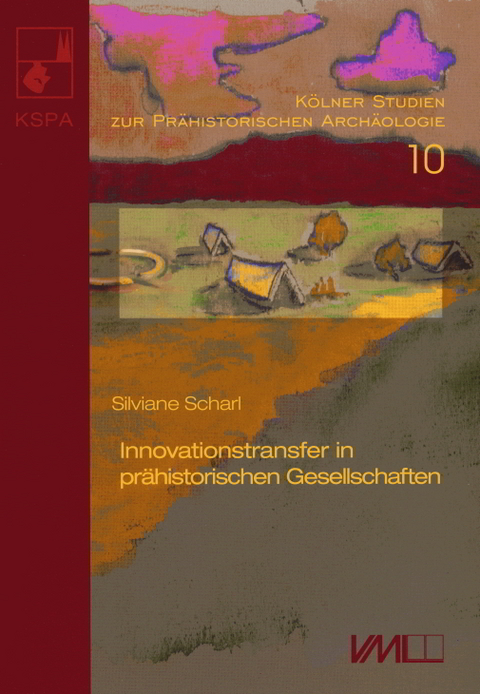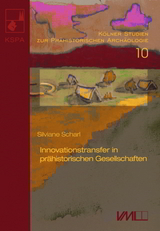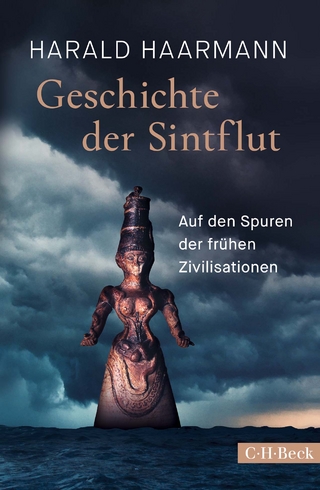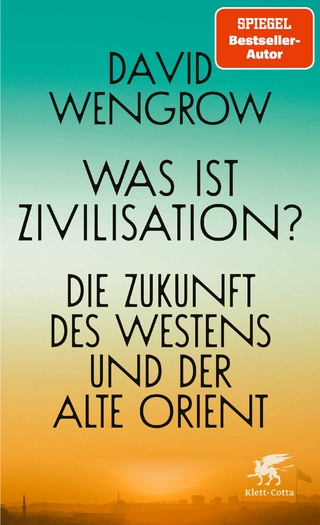Innovationstransfer in prähistorischen Gesellschaften
Eine vergleichende Studie zu ausgewählten Fallbeispielen des 6. bis 4. Jahrtausends vor Christus in Mittel- und Südosteuropa unter besonderer Berücksichtigung temporärer Grenzräume
Seiten
2019
|
1., Aufl.
VML Vlg Marie Leidorf (Verlag)
978-3-86757-370-2 (ISBN)
VML Vlg Marie Leidorf (Verlag)
978-3-86757-370-2 (ISBN)
Das Thema “Innovationstransfer” hat in den letzten 20 Jahren große Bedeutung erlangt. Die vorliegende Arbeit geht Ausbreitungsbedingungen, -mechanismen und -mustern solcher Prozesse nach, die an drei Fallbeispielen erarbeitet werden, nämlich der technischen Innovation der Kupfermetallurgie in Europa, der ökonomischen Innovation der Nahrungsmittelproduktion im nördlichen Europa und der geistig-rituellen Innovation mittelneolithischer Kreisgrabenanlagen. Die Beispiele zeigen, daß manche Innovation zeitweilig an “temporären Grenzräumen” Halt machte. Forschungsgeschichtlich lassen sich neoevolutionistische Ansätze mit dem Blick auf Langzeitentwicklungen und großräumigen Vorgängen unterscheiden von Ansätzen, die soziale und kulturelle Faktoren und das Individuum betonen. Die Studie zeigt die Bedeutung sozialer Netzwerke und die Wichtigkeit des Transformationspotentials einer Innovation sowie das Vorhandensein regelhafter Muster auf. Einerseits gleichen sich ökonomische und soziale Verhältnisse beiderseits einer Grenze an, andererseits erfolgte die Ausbreitung stets in Phasen von Wachstum, Diversität, Flexibilität und hoher Resilienz [sog. r-Phase].
The topic of “innovation transfer” has gained major significance in the past decades. The present study explores conditions, mechanisms and patterns of the distribution of such processes, which are compiled by means of three examples, namely the technical innovation of copper metallurgy in Europe, the economic innovation of food production in northern Europe, and the spiritual-ritual innovation of Middle Neolithic circular earthworks. The examples demonstrate that some innovations came to a limited halt at “temporal boundary zones”. With regard to history of research, there are two approaches, a neo-evolutionary one with a focus on long-term development and supra-regional processes and another one starting from social and cultural factors and stressing the individual. The book demonstrates the significance of social networks and the importance of the transformation potential of an innovation as well as the presence of recurrent patterns. On the one hand, economic and social conditions on either side of a border tend to assimilate to each other, on the other hand expansion was always connected to phases of growth, diversity, flexibility, and high resilience [so-called r-phase]. The topic of “innovation transfer” has gained major significance in the past decades. The present study explores conditions, mechanisms and patterns of the distribution of such processes, which are compiled by means of three examples, namely the technical innovation of copper metallurgy in Europe, the economic innovation of food production in northern Europe, and the spiritual-ritual innovation of Middle Neolithic circular earthworks. The examples demonstrate that some innovations came to a limited halt at “temporal boundary zones”. With regard to history of research, there are two approaches, a neo-evolutionary one with a focus on long-term development and supra-regional processes and another one starting from social and cultural factors and stressing the individual. The book demonstrates the significance of social networks and the importance of the transformation potential of an innovation as well as the presence of recurrent patterns. On the one hand, economic and social conditions on either side of a border tend to assimilate to each other, on the other hand expansion was always connected to phases of growth, diversity, flexibility, and high resilience [so-called r-phase].
The topic of “innovation transfer” has gained major significance in the past decades. The present study explores conditions, mechanisms and patterns of the distribution of such processes, which are compiled by means of three examples, namely the technical innovation of copper metallurgy in Europe, the economic innovation of food production in northern Europe, and the spiritual-ritual innovation of Middle Neolithic circular earthworks. The examples demonstrate that some innovations came to a limited halt at “temporal boundary zones”. With regard to history of research, there are two approaches, a neo-evolutionary one with a focus on long-term development and supra-regional processes and another one starting from social and cultural factors and stressing the individual. The book demonstrates the significance of social networks and the importance of the transformation potential of an innovation as well as the presence of recurrent patterns. On the one hand, economic and social conditions on either side of a border tend to assimilate to each other, on the other hand expansion was always connected to phases of growth, diversity, flexibility, and high resilience [so-called r-phase]. The topic of “innovation transfer” has gained major significance in the past decades. The present study explores conditions, mechanisms and patterns of the distribution of such processes, which are compiled by means of three examples, namely the technical innovation of copper metallurgy in Europe, the economic innovation of food production in northern Europe, and the spiritual-ritual innovation of Middle Neolithic circular earthworks. The examples demonstrate that some innovations came to a limited halt at “temporal boundary zones”. With regard to history of research, there are two approaches, a neo-evolutionary one with a focus on long-term development and supra-regional processes and another one starting from social and cultural factors and stressing the individual. The book demonstrates the significance of social networks and the importance of the transformation potential of an innovation as well as the presence of recurrent patterns. On the one hand, economic and social conditions on either side of a border tend to assimilate to each other, on the other hand expansion was always connected to phases of growth, diversity, flexibility, and high resilience [so-called r-phase].
| Erscheinungsdatum | 16.08.2019 |
|---|---|
| Reihe/Serie | Kölner Studien zur Prähistorischen Archäologie ; BD 10 |
| Verlagsort | Rahden/Westf. |
| Sprache | deutsch |
| Maße | 210 x 297 mm |
| Gewicht | 1250 g |
| Einbandart | gebunden |
| Themenwelt | Geschichte ► Allgemeine Geschichte ► Vor- und Frühgeschichte |
| Schlagworte | Forschungsgeschichte • Innovation • Kultplatz • Kupfer • Landwirtschaft • Sozialstruktur |
| ISBN-10 | 3-86757-370-0 / 3867573700 |
| ISBN-13 | 978-3-86757-370-2 / 9783867573702 |
| Zustand | Neuware |
| Haben Sie eine Frage zum Produkt? |
Mehr entdecken
aus dem Bereich
aus dem Bereich
Was Pompeji über uns erzählt
Buch | Hardcover (2023)
Propyläen (Verlag)
29,00 €
auf den Spuren der frühen Zivilisationen
Buch | Hardcover (2023)
C.H.Beck (Verlag)
20,00 €
die Zukunft des Westens und der Alte Orient
Buch | Hardcover (2023)
Klett-Cotta (Verlag)
25,00 €




